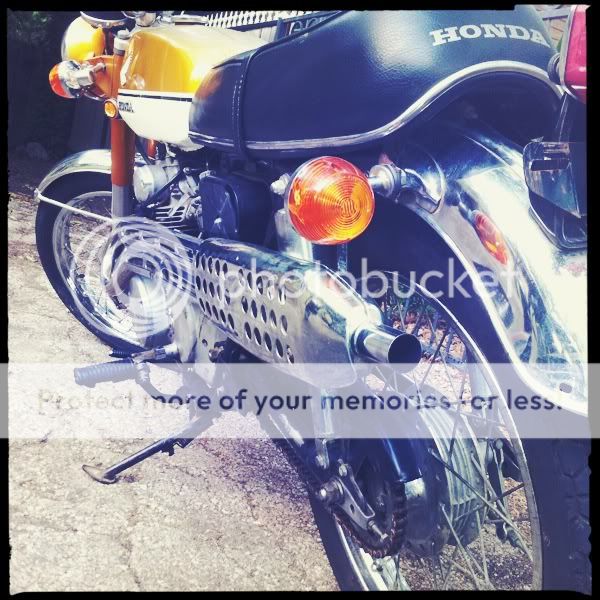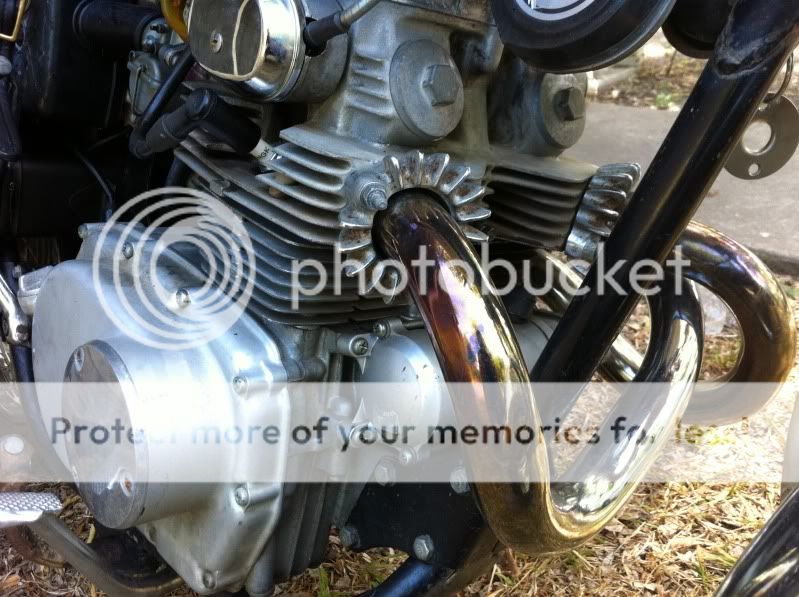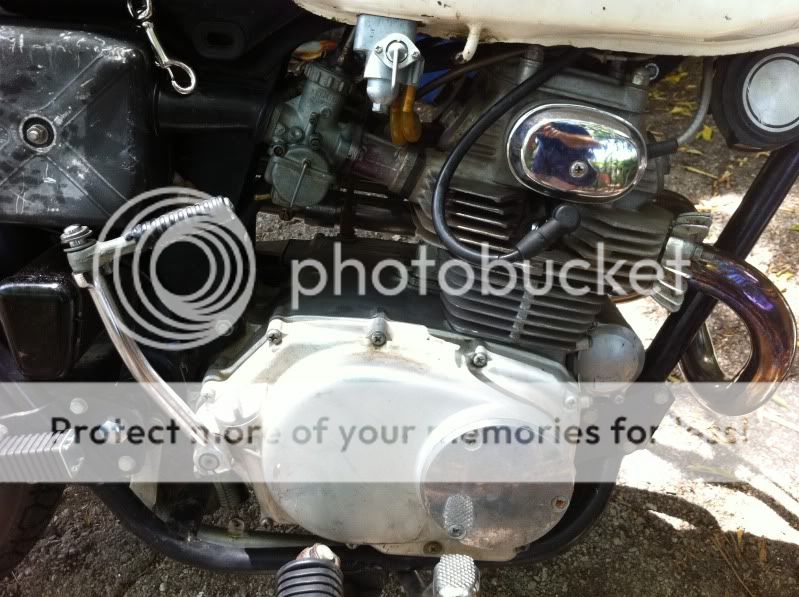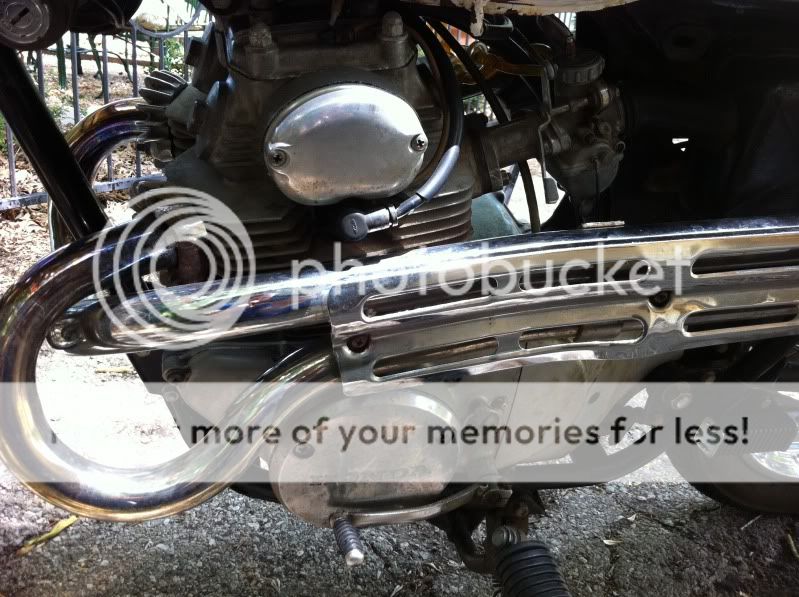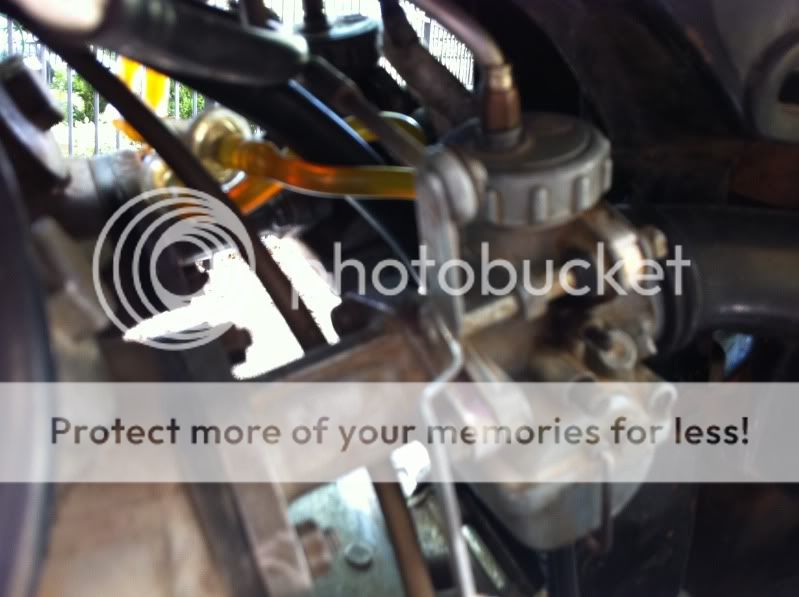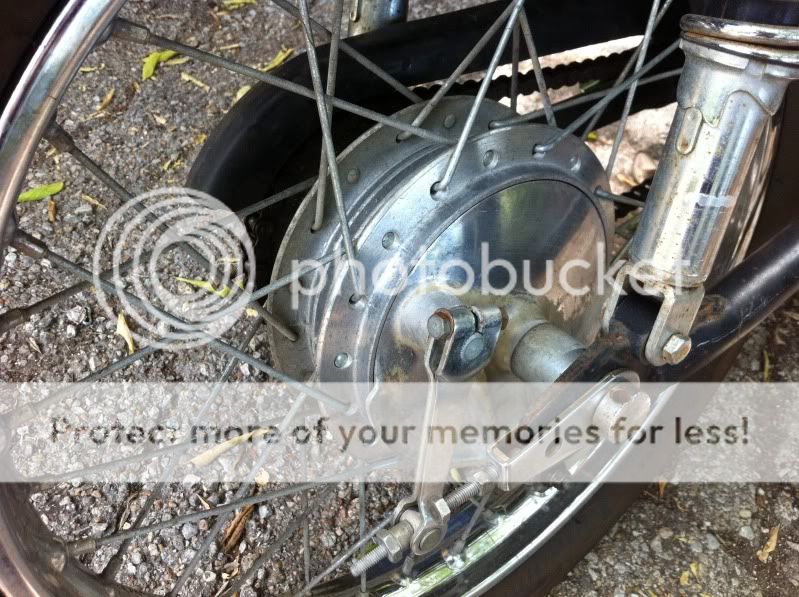latenight2212
New Member
Ok, I'm very new to all this engine stuff! I've had the bike for about three months, was running pretty good aside from it idling at about 3k. But then it just started cutting off after it got hot, sometimes after just a min and most of the time when it would run, it would back fire and only get up to about 25 or 30 mph!
So I took it to the shop and he got it running again. He changed the plugs, set the timing so on and so forth. He told me that my compression is 60 on one side and 80 on the other. He said it has to idle at 3k because of the compression ans he showed me how to move the slides. He basically told me that since the bike is so old, its just a show piece and would never be reliable enough to be a daily driver, unless I put a lot of money into it.
So now it wants to run.....It hates to idle.....and still after about 15 min of driving, it cuts off and needs to cool off before it will start again!
A friend told me it might be the coil, but like I said, I have no idea, I just want to ride my very sweet vintage bike!
Anyone know how I might go about getting her back to "reliable"?
Thanks a lot...If you have any more questions, just let me know!
So I took it to the shop and he got it running again. He changed the plugs, set the timing so on and so forth. He told me that my compression is 60 on one side and 80 on the other. He said it has to idle at 3k because of the compression ans he showed me how to move the slides. He basically told me that since the bike is so old, its just a show piece and would never be reliable enough to be a daily driver, unless I put a lot of money into it.
So now it wants to run.....It hates to idle.....and still after about 15 min of driving, it cuts off and needs to cool off before it will start again!
A friend told me it might be the coil, but like I said, I have no idea, I just want to ride my very sweet vintage bike!
Anyone know how I might go about getting her back to "reliable"?
Thanks a lot...If you have any more questions, just let me know!




